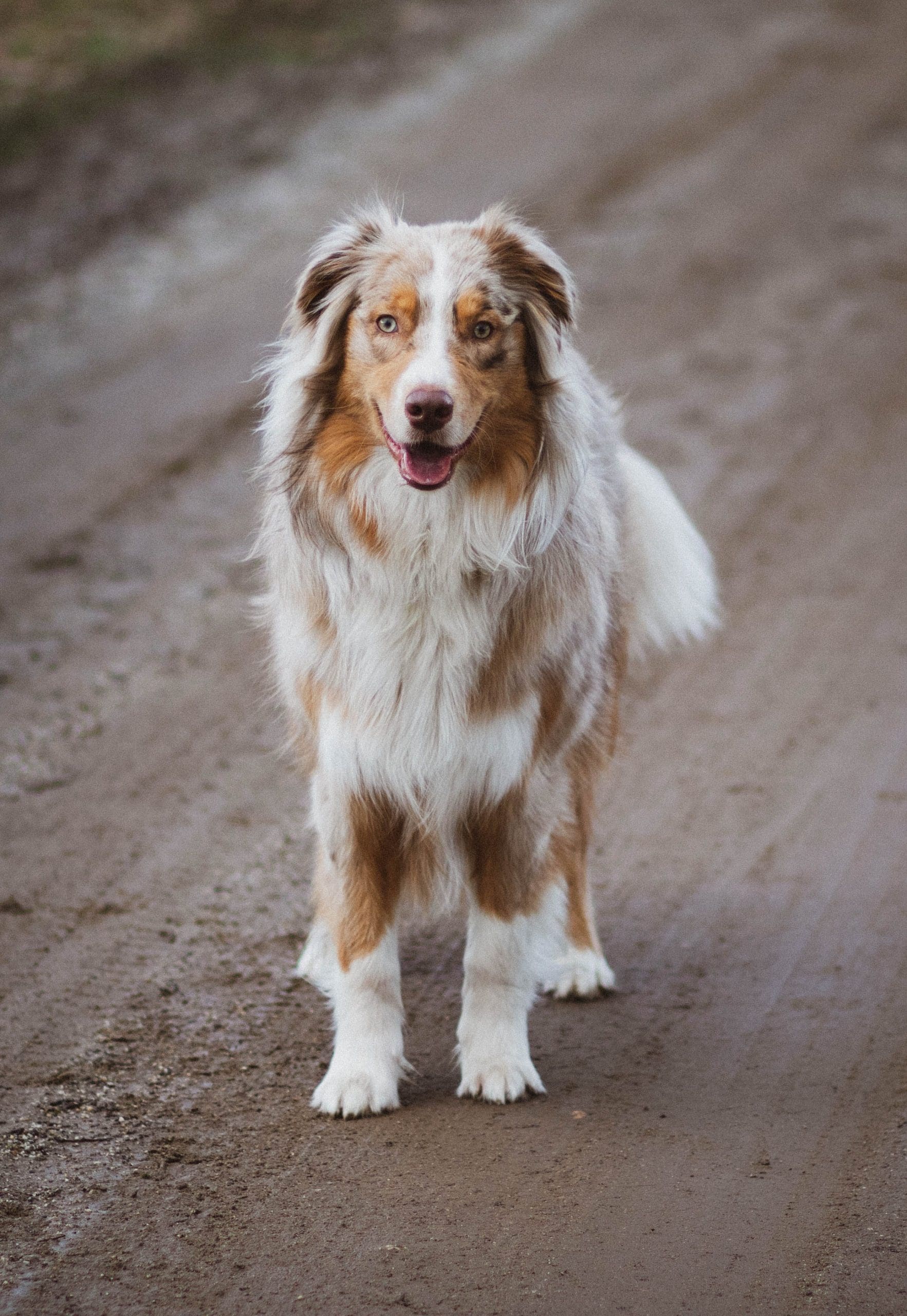Traveling with a dog on a plane can be both rewarding and challenging. Careful planning is vital to ensure that your furry friend is safe, comfortable, and happy during the journey. By taking a few thoughtful steps, you can create a smooth flying experience for both you and your dog.
Check the Airline’s Pet Policy
Before booking your flight, review the airline’s pet policy. Different airlines have unique rules regarding pet travel, including size restrictions, fees, and whether dogs can travel in the cabin or must be placed in cargo. Typically, small dogs can fly in the cabin if they fit in an approved pet carrier that fits under the seat. Larger dogs usually have to travel in the cargo area, which can be more stressful. Understanding these policies from the start is crucial for informed travel planning.
Prepare Your Dog for Travel
Once you’ve confirmed the airline’s pet policy, prepare your dog for the trip. Taking your dog on shorter car rides can help them adapt to traveling, reducing anxiety and familiarizing them with confined spaces. Use a comfortable carrier or crate that your dog is used to. If they are not accustomed to a carrier, allow them to explore it at their own pace, adding their favorite blanket or toy to create a cozy atmosphere.
Health and Safety First
Health and safety are paramount when flying with a dog. Schedule a visit to the veterinarian to ensure your dog is healthy and up to date on vaccinations. Some airlines require a health certificate issued by a vet within a specific timeframe before travel. This certificate verifies that your dog is healthy enough to fly. If your dog experiences anxiety, your vet may recommend calming solutions, whether through medication or natural remedies.
Day of Travel
On travel day, ensure your dog is well-exercised before heading to the airport. A long walk or play session can help burn off excess energy, making them more likely to relax during the flight. Avoid feeding your dog a large meal right before departure to minimize the risk of motion sickness; a small snack is acceptable. Ensure your dog has access to water before the flight.
Arriving early at the airport can help reduce stress. Navigate check-in and security without feeling rushed. When checking in, inform the airline staff that you are traveling with a dog; they will provide specific procedures. At security, you’ll likely need to take your dog out of the carrier while the carrier goes through the scanner. Keeping a firm grip on your dog’s leash during this time is crucial, as it can be a stressful moment. Having treats or a favorite toy on hand can help reassure them.
Once through security, you may have time before boarding. Use this opportunity to take your dog for a short walk to relieve themselves and burn off additional energy. Many airports now feature pet relief areas, easing pre-flight jitters for both you and your dog.
Boarding the Plane
Boarding the plane requires careful attention. If your dog is flying in the cabin, ensure their carrier is secure and ready. When flight attendants allow boarding, move to your seat quickly to minimize stress for your dog. Place the carrier under the seat in front of you, and speak to your dog in a calm voice to help them feel at ease.
During the flight, maintain a calm demeanor. Dogs can sense their owners’ emotions, so if you seem anxious, they may become anxious too. If your dog appears restless, gently reach into the carrier to pet them or offer treats to keep them occupied. Avoid taking your dog out of the carrier during the flight unless absolutely necessary, as this can create safety risks.
After Arrival
Upon arrival at your destination, prioritize taking your dog out for a bathroom break. Airports often have designated pet relief areas, so look for these spots as soon as you land. After a long flight, your dog may be tired and ready to either explore or relax. Allow them time to adjust to their new environment and supervise their exploration.
Traveling with a dog can be a wonderful adventure, but it’s essential to remain attentive to your dog’s needs. Each dog is unique, and comfort levels vary. Some dogs adapt quickly to air travel, while others may take longer. Being patient and understanding can help them navigate this new experience.
Monitor your dog for signs of stress or discomfort post-flight. They may be more tired than usual or show signs of anxiety in a new environment. Providing a quiet space for them to rest can help them decompress. If staying at a pet-friendly accommodation, maintain a routine similar to what they have at home, including feeding times and walks.
Embrace the Journey
Traveling with a dog on a plane is about more than just reaching a destination. It’s an opportunity to enjoy the journey together. With careful planning, patience, and love, you can create a safe and enjoyable flying experience. Embracing travel with your canine companion can lead to unforgettable adventures and strengthen your bond.
Recognize that challenges may arise, and many pet owners face similar hurdles when flying with dogs. Sharing experiences with fellow pet owners can provide support and helpful insights. Online forums and social media groups are excellent resources to connect with others who have navigated similar journeys.
As you prepare for your next trip, remember that every travel experience offers lessons about your dog’s behavior and preferences. With love and attention, the experience can create lasting memories for both of you?

